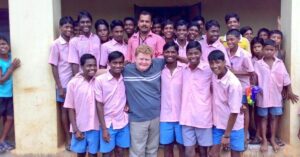After Friend’s Death He Quit IIM Dream to Start Eye Donation Centres & Help Over 3000
Swapnil Gawande runs five eye banks across Maharashtra to encourage eye donations. He has also facilitated thousands of transplantation surgeries, here's why.
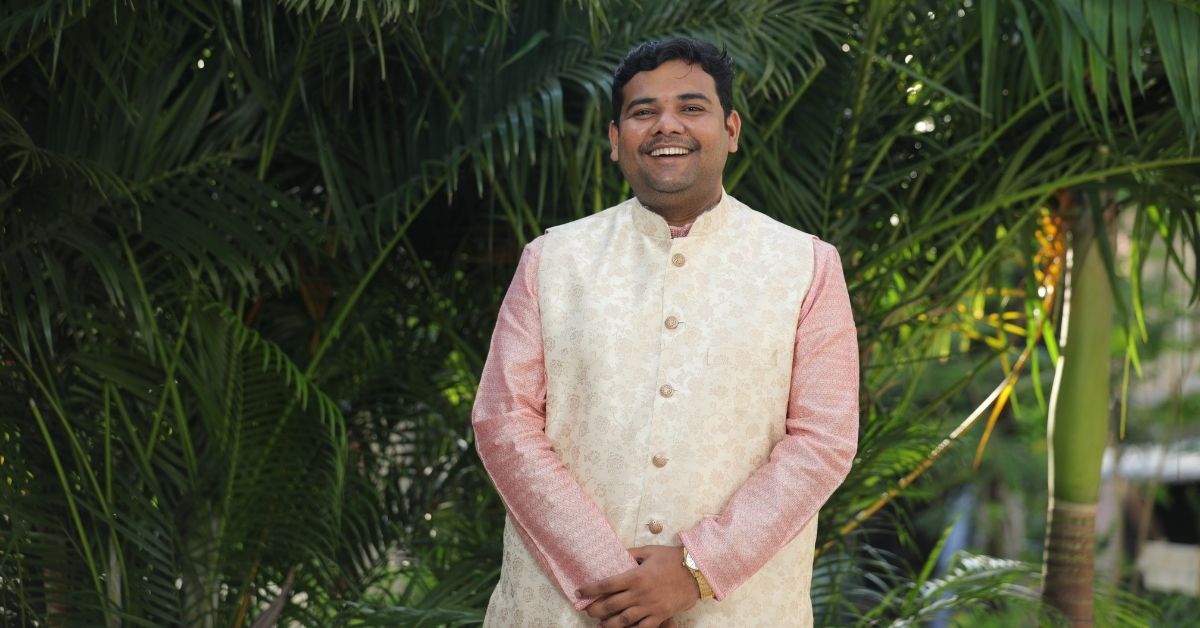
Swapnil Gawande, founder of Deesha International Eye Banks, was all of 10 when he lost his close friend Abdul to dengue in 2006. Swapnil always wished to find a way to help Abdul see, who was born visually impaired. But the tragic incident stirred something in him and Swapnil started paying more attention to news regarding eye donations.
The conversation around eye donations was not yet mainstream, at least in Maharashtra’s Amravati district where Swapnil is from. So, he would find excuses to talk about it through school elocution and essay writing competitions.
His father Arun, who was working with a private firm, joined in the quest to search for eye care infrastructure for another grave reason. Arun’s friend’s son had lost an eye due to an accident and the transplant was possible but the nearest eye donation centre was far away.
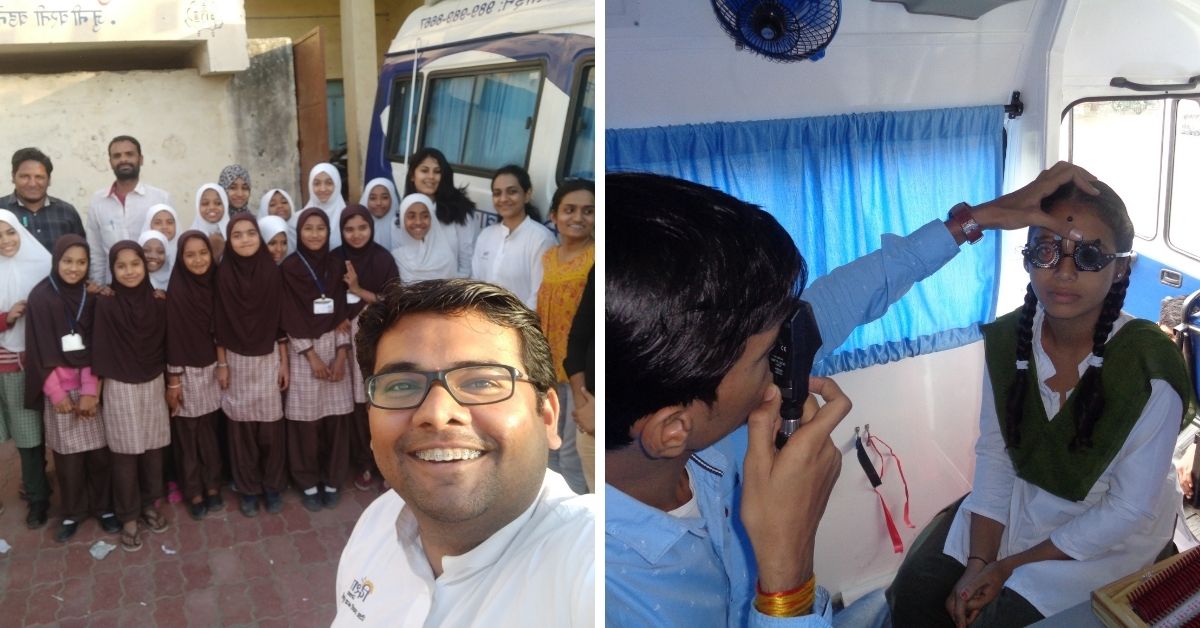
For the next couple of years, the father-son duo met 40 ophthalmologists across Amravati and Nagpur. In 2010, they formally registered a non-profit ‘Deesha Medical and Education Foundation’ to establish eye banks and provide affordable eye checkups.
“Sure, there was no eye bank in our district but what made things worse for my friend were his financial conditions. He was raised by a single father who did not have enough money for his cornea transplantation. Among all the organs, the eyes get the least attention when it comes to donation. We wanted to change that and thus began ‘Deesha’, which means ‘direction’,” Swapnil tells The Better India.
The 29-year-old now runs five eye banks across Maharashtra. His organisation has encouraged more than 14 lakh people for eye donations.

Of the six lakh people who have pledged to donate through Deesha, Swapnil has facilitated more than 3,200 donations. Additionally, his bank has conducted 2,100 cornea-related surgeries, including cataracts.
A recipient of the Global Nagpur Award, 2021 and SPJIMR Alumni Award, 2021, Swapnil has given up a lot in the process.
Instead of doing undergraduate work at the Vellore Institute of Technology, he chose to stay in Amravati and study in a local college to build Deesha. He chose SP Jain Institute of Management and Research in Mumbai over IIM in Ahmedabad for his MBA to be close to Amravati and his father. As a violinist, he also put his music hobby on the back burner.

Letting go of lucrative career opportunities in corporates was not an easy decision given that he had several challenges to address while developing eye banks.
Swapnil takes us through his journey and shows us that there’s light at the end of every tunnel.
Red Tape, Funds & Awareness
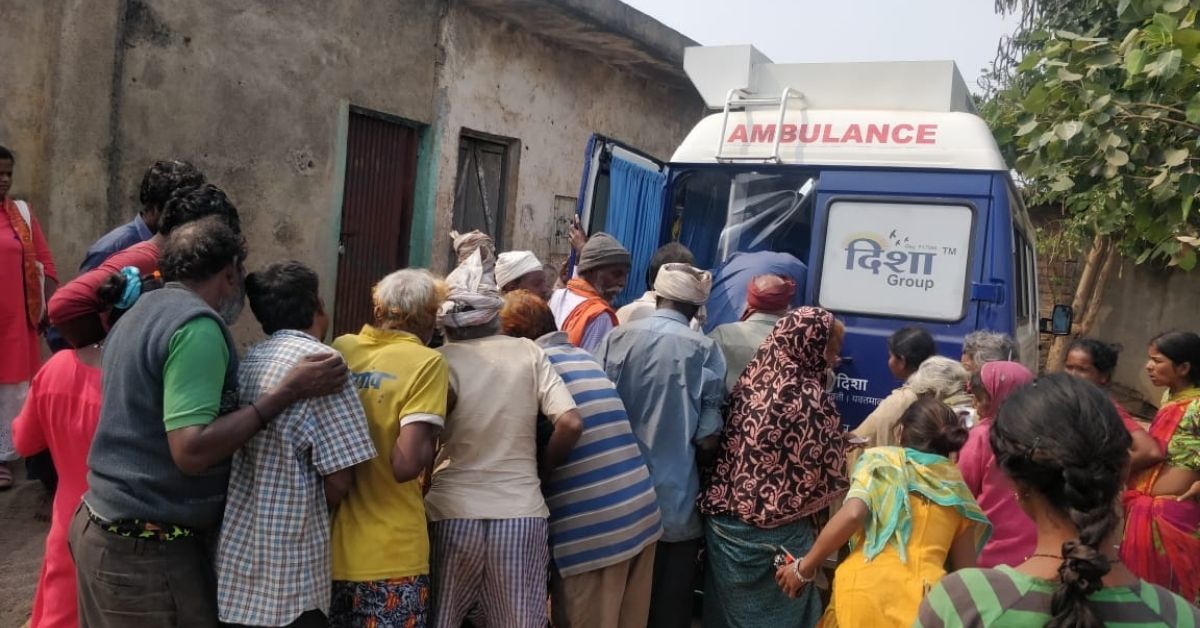
With guidance from ophthalmologist such as Dr Manish Totey and Dr Ashish Potphode, who are now the Medical Directors for Deesha International Eye Bank Amravati and Yavatmal respectively, Swapnil and Arun identified infrastructural gaps and began work from there. He was mentored by Dr Avinash Saoji, Social Worker, Director – Prayas; Dr Vijay Kawalkar, a Surgeon from Yavatmal; Padma Shri Dr Tatyarao Lahane; Dr Prakas Marathe former president, Maharashtra Ophthalmological Society; and Padma Vibhushan Dr KH Sancheti during his journey of making quality and sustainable eyecare affordable and accessible to all.
“It took us almost seven years to raise Rs 1.5 crore via loans and crowdfunding to purchase equipment and build infrastructure for five banks. Dr Manish believed in us from day one and was kind enough to donate two rooms of his hospital and some equipment to set up the second bank,” says Swapnil. Later we started eye banks and eye banks in the districts where no eye donation facility was available.
Of the five banks, four of the banks have an eye retrieval, processing and storage facilities whereas the firth is an eye transplantation centre.
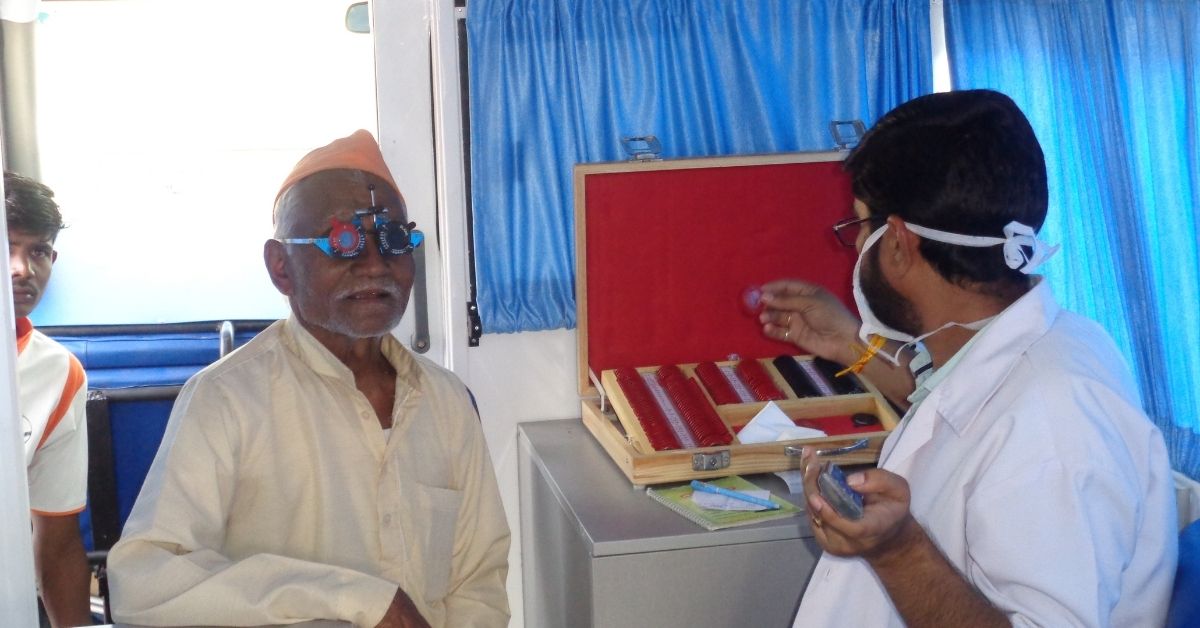
The eye banks were launched after the amendment of the Transplantation of Human Organ Act (THO) in 2011 to prohibit the sale of organs in 2009.
“Due to the addition of tissues in the act, many doctors were forced to stop the eye donation work. Few of them approached us to start an eye bank/eye retrieval centers in collaboration which gave us more visibility and attention to the cause of eye donation,” he adds.
While running the banks he also caught several malpractices in other eye banks.
“The well-to-do families were bribing the eye banks to push the names of their loved ones in the donation list as the records were yet to be digitised. With the help of my engineering friends, we proposed to put the process online, and in 2014 it was approved by the Chief Minister’s Office. However, the contract of making and running of the website went to a private company and it soon collapsed. The Bombay High Court has directed the Government of Maharashtra to put the details of cornea waiting list online by January 2015 but even by Febuary 2022, they are yet to comply with the order,” he says.
He also spotted cornea wastage due to a lack of storage facilities and improper handling. According to his survey, only 25 per cent of the donated corneas were used for transplantation.

So he and his army of volunteers trained technicians across 77 eye bank centres.
“There may be an eye collection centre in a region but if the transplantation centre is far away the quality can deteriorate. The preservation technique and storage is very expensive and the government only provides Rs 1,000-2,000 for storage which is barely anything. Something as simple as storing the cornea between 2-8 degrees can maintain its quality, which many are unaware of,” he says.
Establishing financial stability is another issue that the team grapples with daily. Every bank requires Rs 2 lakh per month which is raised via donations, sponsorships and crowdfunding.
“We often tie-up with banks, educational institutes and corporates to fund transplantation processes for the underprivileged. Cornea damage is related to poor diet so most cases we get are of the poor. Thus, eye donation is heavily dependent on charitable work. Another model that we adopted is charging fees for those who can pay and channel the funds who can’t,” he says.
The efforts of establishing infrastructure is worthless if people are not sensitised properly, says Swapnil. So he has formed a team of 2,700 volunteers, mostly aged between 20-30 to spread awareness in rural and tribal belts of the state.
Their mobile eye clinic equipped with machines and equipment goes to different villages to conduct free check-up camps and offer treatments. It is through these visits, did Swapnil realise the extent of negligence given to cornea health.
Sharing a few instances, he says, “In Badnera village we had conducted a camp in a municipal school. There, a Class six girl would always smile during class according to teachers and would fail in most papers. When we checked her eyes and gave her the right glasses, she started crying and said this was the first time she was able to see properly. So to avoid questions, she smiled all the time. It was very heartbreaking. In another school, these twin boys had less than 20 per cent vision left and had cataracts due to negligence. We financed the surgeries and now all of them can see properly.”
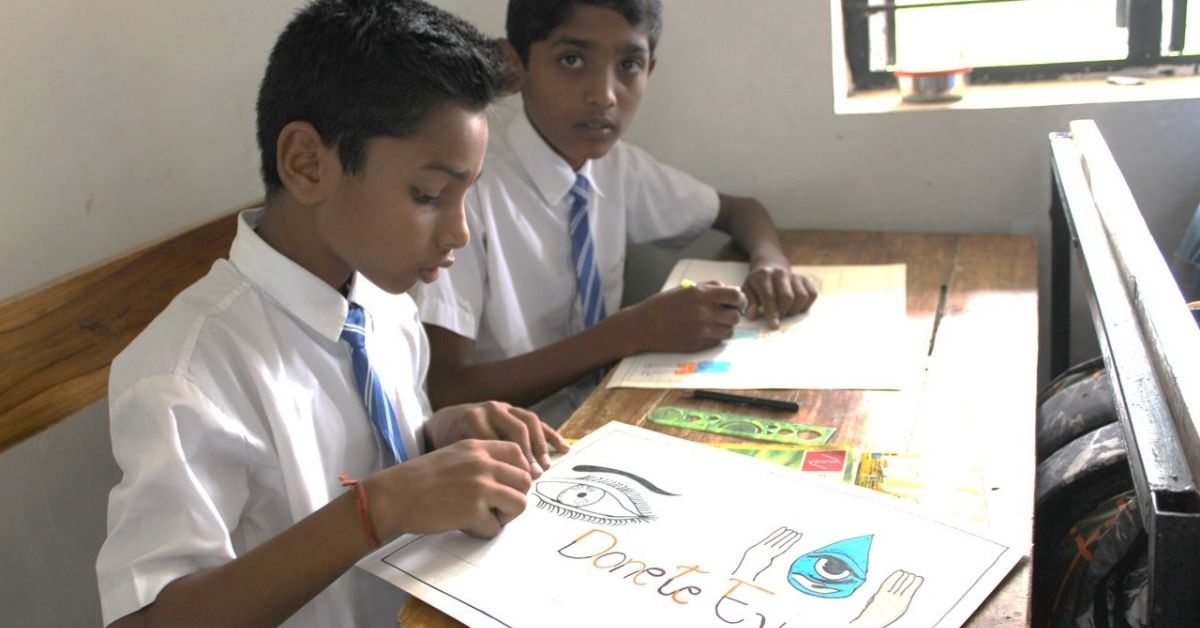
Swapnil also mentioned the case study of Hirapur where nearly 60 per cent had eye-related problems like cataracts, irritation and dryness before the pandemic. Their eye camps were only starting to make a difference and the lockdown was imposed. Recently when Deesha conducted a camp, they found 80 per cent of the village had issues. He hopes to bring down these numbers and conduct more camps. He also hopes to establish six more eye banks in future.
Dr Avinash who has been an integral part of Deesha, perfectly sums up Swapnil’s journey, saying, “Swapnil has been a very hard working person since his childhood. Through his eye banks, he has changed the way people perceive eye donations in rural landscapes. People like Swapnil translate promises of community-driven impact into a reality.”
You can contact Deesha here.
https://www.ncbi.nlm.nih.gov/pmc/articles/PMC2779960/
Edited by Yoshita Rao
If you found our stories insightful, informative, or even just enjoyable, we invite you to consider making a voluntary payment to support the work we do at The Better India. Your contribution helps us continue producing quality content that educates, inspires, and drives positive change.
Choose one of the payment options below for your contribution-
By paying for the stories you value, you directly contribute to sustaining our efforts focused on making a difference in the world. Together, let's ensure that impactful stories continue to be told and shared, enriching lives and communities alike.
Thank you for your support. Here are some frequently asked questions you might find helpful to know why you are contributing?


This story made me
-
97
-
121
-
89
-
167




